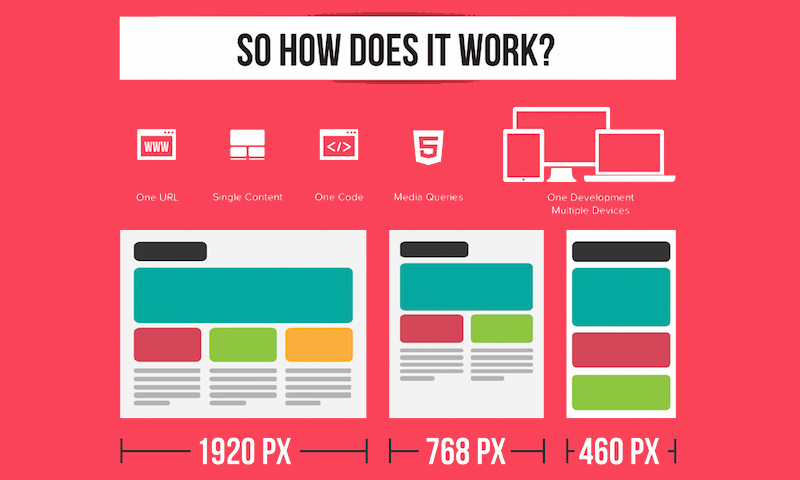Using The Power Of Visual Power Structure In Web Site Design
Using The Power Of Visual Power Structure In Web Site Design
Blog Article
Content By-Korsgaard McGarry
Picture a site where every component contends for your attention, leaving you really feeling bewildered and not sure of where to focus.
Currently affordable search engine optimisation where each aspect is very carefully set up, directing your eyes easily via the page, providing a smooth individual experience.
The distinction hinges on the power of visual power structure in site design. By tactically organizing and prioritizing aspects on a web page, designers can produce a clear and intuitive course for users to adhere to, ultimately enhancing interaction and driving conversions.
However how specifically can you harness this power? Join us as we explore the principles and techniques behind reliable aesthetic hierarchy, and discover how you can raise your website layout to brand-new elevations.
Comprehending Visual Power Structure in Web Design
To effectively convey info and guide users with an internet site, it's essential to understand the idea of aesthetic hierarchy in web design.
Visual power structure refers to the arrangement and company of elements on a webpage to stress their significance and create a clear and user-friendly individual experience. By developing a clear visual pecking order, you can guide individuals' focus to the most important information or actions on the web page, boosting use and involvement.
This can be accomplished through various design strategies, including the critical use of size, color, comparison, and placement of components. For instance, larger and bolder elements normally bring in more attention, while contrasting shades can create visual comparison and draw emphasis.
Concepts for Reliable Visual Hierarchy
Recognizing the principles for reliable visual hierarchy is important in producing an easy to use and appealing website style. By complying with these principles, you can guarantee that your website properly connects information to users and overviews their interest to one of the most crucial elements.
One principle is to make use of size and range to develop a clear visual pecking order. By making vital aspects bigger and more noticeable, you can accentuate them and guide users with the content.
One more principle is to use comparison effectively. By utilizing contrasting colors, typefaces, and shapes, you can produce aesthetic differentiation and highlight vital info.
Furthermore, the concept of distance suggests that related elements ought to be grouped together to aesthetically link them and make the site a lot more organized and easy to browse.
Implementing Visual Hierarchy in Web Site Style
To execute visual power structure in website layout, prioritize essential aspects by adjusting their dimension, color, and setting on the page.
By making crucial elements larger and more prominent, they'll normally draw the customer's attention.
Use contrasting colors to produce visual comparison and emphasize crucial info. For instance, you can use a vibrant or lively shade for headlines or call-to-action switches.
In addition, think about the setting of each element on the web page. Location essential aspects at the top or in the center, as individuals tend to concentrate on these areas initially.
Final thought
So, there you have it. Aesthetic hierarchy resembles the conductor of a symphony, guiding your eyes with the site style with finesse and flair.
It's the secret sauce that makes a website pop and sizzle. Without it, your design is simply a jumbled mess of arbitrary elements.
However with website home page content , you can create a masterpiece that grabs attention, communicates successfully, and leaves an enduring impact.
So leave, my friend, and harness the power of visual pecking order in your web site design. Your target market will certainly thank you.
